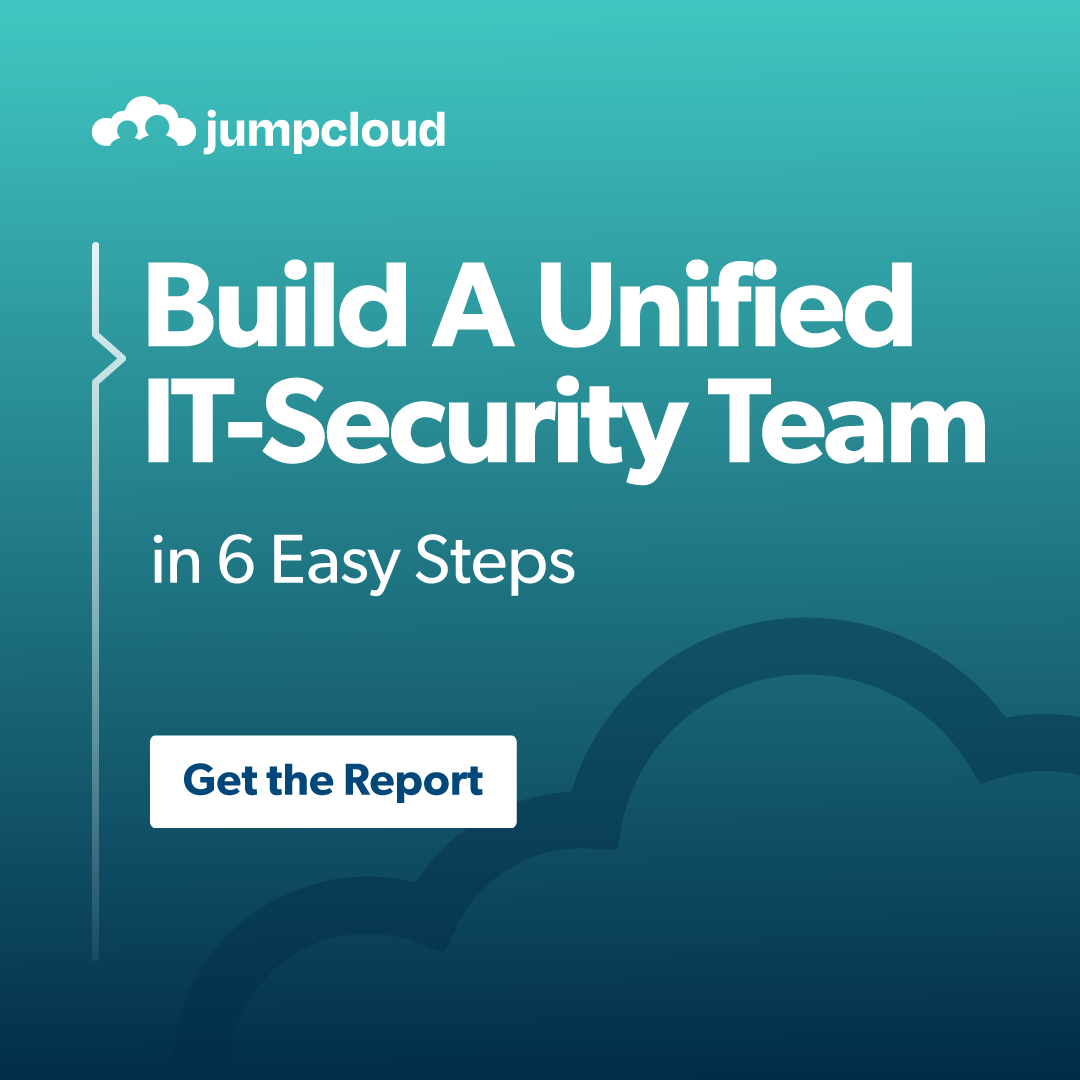Zero Trust is a go-to strategy for securing everything from on-prem infrastructure and cloud services to remote workers and Software-as-a-Service (SaaS) apps. But despite widespread adoption, many organizations have only partially implemented Zero Trust.
Research from Gartner shows that while 63% of organizations have begun Zero Trust initiatives, these implementations often cover less than half of their actual environment. That partial coverage leaves dangerous gaps, often without teams realizing it.
So why haven’t more organizations gone further?
Organizations struggle to extend Zero Trust coverage across their entire environment due to a lack of clarity around what comprehensive adoption actually entails. Many start strong, securing their most critical assets, but soon face growing complexity, resource limitations, and competing priorities.
Without clear guidelines or a structured approach, Zero Trust implementations quickly stall. Teams end up uncertain about what needs to be secured next or how to tackle legacy systems and new applications simultaneously.
As a result, gaps widen, complexity multiplies, and security becomes fragmented, rather than the cohesive framework. Let’s take a look at what you’re up against when Zero Trust doesn’t reach far enough.
Hidden Risks Behind Partial Zero Trust Implementation
Partial adoption typically happens when teams roll out Zero Trust controls selectively, focusing on high-risk systems or certain user groups. This opens the door to problems in the areas you didn’t secure. Here’s where the biggest risks tend to show up:
1. Lateral Movement
Without consistent enforcement across systems, attackers can freely move between applications and endpoints after gaining initial access. If your Zero Trust policies don’t cover every device or network segment, attackers who compromise one system can quickly spread through your environment, turning a limited breach into an organization-wide incident.
2. Unmanaged Privileged Access
Privileged credentials, if not managed closely, remain active far longer than necessary — often weeks or even months after their intended use. Without continuous verification, these accounts become prime targets for attackers, insiders, and malware. The result is increased risk of ransomware escalation and devastating data leaks.
3. Compliance Gaps
Inconsistent Zero Trust enforcement creates policy blind spots. Compliance becomes a guessing game when audits reveal gaps that your team was unaware of. Failed audits can result in fines, lost contracts, and damaged trust, undermining months of hard work and investment.
4. Tool Sprawl and Shadow IT
When Zero Trust strategies rely on disconnected solutions, teams struggle with fragmented policies, gaps in visibility, and incomplete enforcement. IT and security teams spend more time managing complexity rather than improving security posture, leaving your organization vulnerable to risks slipping through unnoticed.
Operational Strain of Fragmented Rollouts
Security gaps aren’t the only issue. Partial Zero Trust rollouts put extra strain on IT and frustrate users. IT departments spend excessive hours troubleshooting login issues, handling password resets, and manually provisioning access.
Meanwhile, users deal with constant prompts and password overload, which kills productivity and leads to risky behavior like password reuse.
Partial Zero Trust also creates friction between security and IT teams, who may hold conflicting priorities and perceptions of risk. Security sees gaps and pushes for broader enforcement, while IT grapples with resource limitations and user pushback.
The result is a misaligned strategy, wasted effort, and slowed progress — exactly what your organization can’t afford in today’s threat landscape.
Moving Toward Full Zero Trust Coverage
The best way to avoid these pitfalls is by implementing Zero Trust in phases, rather than attempting an all-at-once rollout. Following a phased approach reduces operational disruption, encourages internal buy-in, and delivers measurable progress at each step.
Phase 1: Start with the Basics
Focus on the foundational, high-impact actions that deliver immediate risk reduction. Enforce multi-factor authentication (MFA) universally, remove default admin accounts, and adopt least privilege access policies.
Phase 2: Expand Coverage
Once the basics are in place, start extending Zero Trust protections across more of your environment. Apply device trust policies. Create conditional access rules based on location, device posture, or user behavior.
Phase 3: Optimize and Scale
Once core controls are in place, the focus should shift to streamlining operations and building long-term resilience. Log all access activity and set alerts for unusual behavior. Automate onboarding and offboarding, centralize logging, and continuously improve policy enforcement.
Clarity Is Your Biggest Zero Trust Advantage
Without complete coverage, you’re only as secure as your weakest link. To truly reduce risk, Zero Trust needs to be implemented consistently across users, devices, networks, and access points. Partial rollouts not only leave organizations exposed but also create operational headaches that grow over time.
If you’re unsure where your Zero Trust efforts stand, our latest eBook Where Zero Trust Falls Short will give you the clarity you need. It breaks down the common gaps, the five areas every Zero Trust strategy should cover, and what it takes to move from fragmented controls to full coverage.





